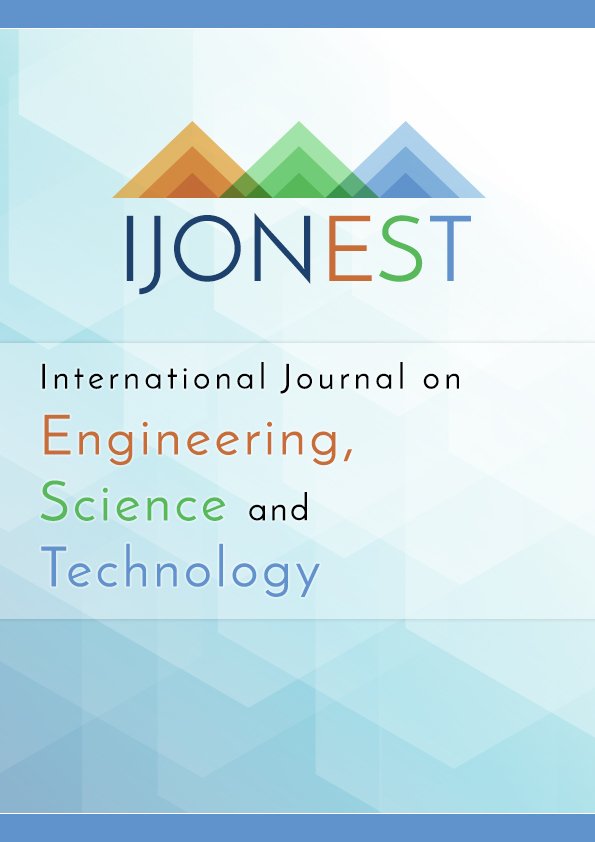A Case Study of Taking AP Computer Science Principles (AP CSP): A Student’s Perspective
DOI:
https://doi.org/10.46328/ijonest.210Keywords:
Computer Science Education, High Schools, AP Computer Science Principles (AP CSP), Code.org, K-12Abstract
With the increased demand for computer science degrees in the work force, computer science is becoming more prominent in high schools. AP Computer Science Principles (AP CSP) is a course that serves as a bridge into computer science. Code.org provides a year long curriculum for this AP course to be led by teachers in the classroom. Beyond an analysis of the pass rates of students, and with the recency of the AP CSP course, a reflection of the AP CSP curriculum from the student’s perspective, is in order. This study breaks down the strengths and weaknesses of AP CSP from a student’s perspective. Results show there are many strengths in relation to the Code.org curriculum. However, AP CSP can be a little challenging in motivating and engaging students if not executed properly by the teacher.Downloads
Published
Issue
Section
License
Articles may be used for research, teaching, and private study purposes. Authors alone are responsible for the contents of their articles. The journal owns the copyright of the articles. The publisher shall not be liable for any loss, actions, claims, proceedings, demand, or costs or damages whatsoever or howsoever caused arising directly or indirectly in connection with or arising out of the use of the research material.
The author(s) of a manuscript agree that if the manuscript is accepted for publication in the International Journal on Engineering, Science and Technology (IJonEST), the published article will be copyrighted using a Creative Commons “Attribution 4.0 International” license. This license allows others to freely copy, distribute, and display the copyrighted work, and derivative works based upon it, under certain specified conditions.
Authors are responsible for obtaining written permission to include any images or artwork for which they do not hold copyright in their articles, or to adapt any such images or artwork for inclusion in their articles. The copyright holder must be made explicitly aware that the image(s) or artwork will be made freely available online as part of the article under a Creative Commons “Attribution 4.0 International” license.

This work is licensed under a Creative Commons Attribution-NonCommercial-ShareAlike 4.0 International License.





